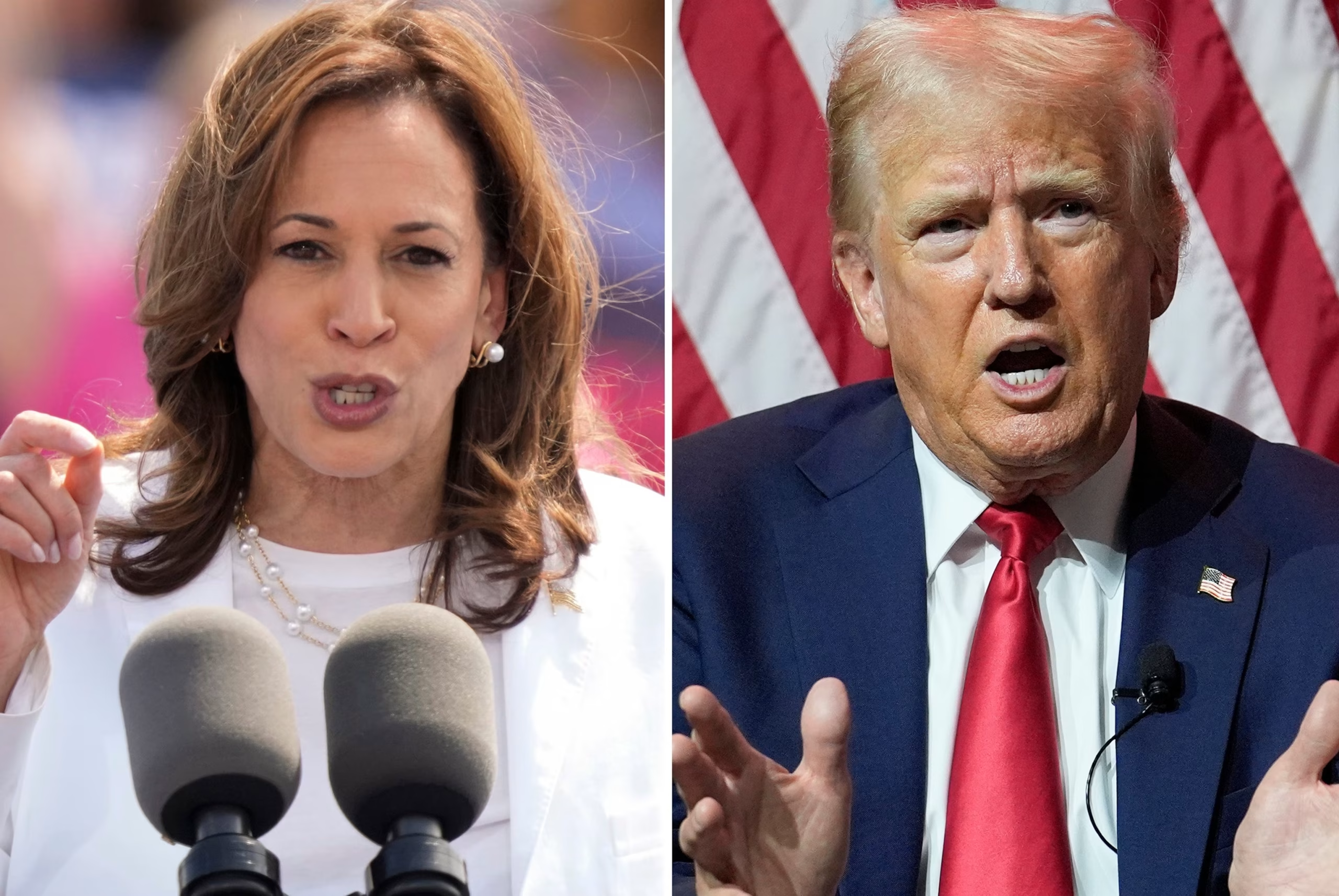
In the ever-evolving landscape of American politics, the Hispanic vote remains a crucial demographic that both parties are eager to court. Recent analysis reveals that Vice President Kamala Harris has garnered significant support among Hispanic voters, yet there are still notable opportunities for former President Donald Trump to make inroads.
Harris’ Appeal Among Hispanic Voters
Kamala Harris’ appeal to Hispanic voters stems from several key factors. First and foremost, her policies on immigration, healthcare, and economic equity resonate strongly with this community. Harris has been a vocal advocate for comprehensive immigration reform, which includes providing a pathway to citizenship for undocumented immigrants. This stance aligns with the values of many Hispanic voters, who often have personal or familial connections to immigration issues.
Moreover, Harris’ efforts to address healthcare disparities have also struck a chord. The COVID-19 pandemic highlighted the disproportionate impact of healthcare access on minority communities, including Hispanics. Harris has consistently emphasized the importance of expanding healthcare access and reducing costs, which is a priority for many Hispanic families.
Additionally, Harris’ own multicultural background and her emphasis on diversity and inclusion have helped her connect with Hispanic voters on a personal level. Her identity as a woman of color, combined with her advocacy for civil rights and social justice, has bolstered her image as a leader who understands and champions the issues faced by minority communities.
Trump’s Potential for Gains
Despite Harris’ strong standing among Hispanic voters, Donald Trump remains a formidable opponent with the potential to sway a significant portion of this demographic. During his presidency, Trump saw an unexpected surge in support from Hispanic voters, particularly among men and in regions like South Florida and Texas.
Trump’s appeal to some Hispanic voters is largely rooted in his economic policies. His administration’s focus on job creation, tax cuts, and deregulation resonated with small business owners and working-class Hispanics. Many in this community appreciated his emphasis on economic growth and viewed his policies as beneficial to their financial stability.
Moreover, Trump’s tough stance on crime and border security also attracted a subset of Hispanic voters who prioritize law and order. While his immigration policies were divisive, some Hispanics, particularly those who are second or third-generation Americans, supported his efforts to strengthen border security and reduce illegal immigration.
The Road Ahead
Looking forward, the competition for the Hispanic vote will be fierce. For Harris, maintaining and expanding her support within this community will require continued advocacy on issues that matter most to Hispanics, such as immigration reform, healthcare access, and economic equity. She will also need to address concerns about the economy, particularly inflation and job creation, which are critical issues for many Hispanic families.
For Trump, the challenge lies in expanding his appeal beyond his core base within the Hispanic community. He will need to address the concerns of those who may be wary of his past rhetoric on immigration and race relations while continuing to emphasize his economic accomplishments. Additionally, building on his previous success in regions like South Florida will be key to increasing his share of the Hispanic vote.
Conclusion
As the 2024 election approaches, both Harris and Trump will be vying for the support of Hispanic voters, a group that could play a decisive role in the outcome. While Harris currently enjoys a lead, Trump’s past success and ongoing appeal suggest that the race for the Hispanic vote is far from settled. Both candidates will need to navigate the complex and diverse landscape of Hispanic America carefully, as they seek to secure this critical demographic in the months ahead.
Leave a Reply